
If you’re planning to visit Vietnam as a tourist or for business purposes, you’ll most likely need a visa. This guide will provide all the essential information on how to obtain a visa for Vietnam, including requirements, application procedures, and other useful tips.
What is a Vietnam Visa?
A Vietnam Visa is an official document that allows foreign nationals to enter, exit, and stay in Vietnam for a specific duration. The visa is issued by the Vietnamese government through its embassies or consulates abroad or upon arrival at the country’s international airports.
Foreigners who intend to visit Vietnam for tourism, business, study, work or other purposes must obtain a valid visa before their arrival. There are various types of visas available based on the purpose and length of stay, such as tourist visas, business visas, student visas, and work visas.
To apply for a Vietnam visa, applicants usually need to provide their passport details, travel itinerary, and other supporting documents depending on the type of visa they’re applying for. The application process can be done online or offline, depending on the embassy or consulate where the application is filed.
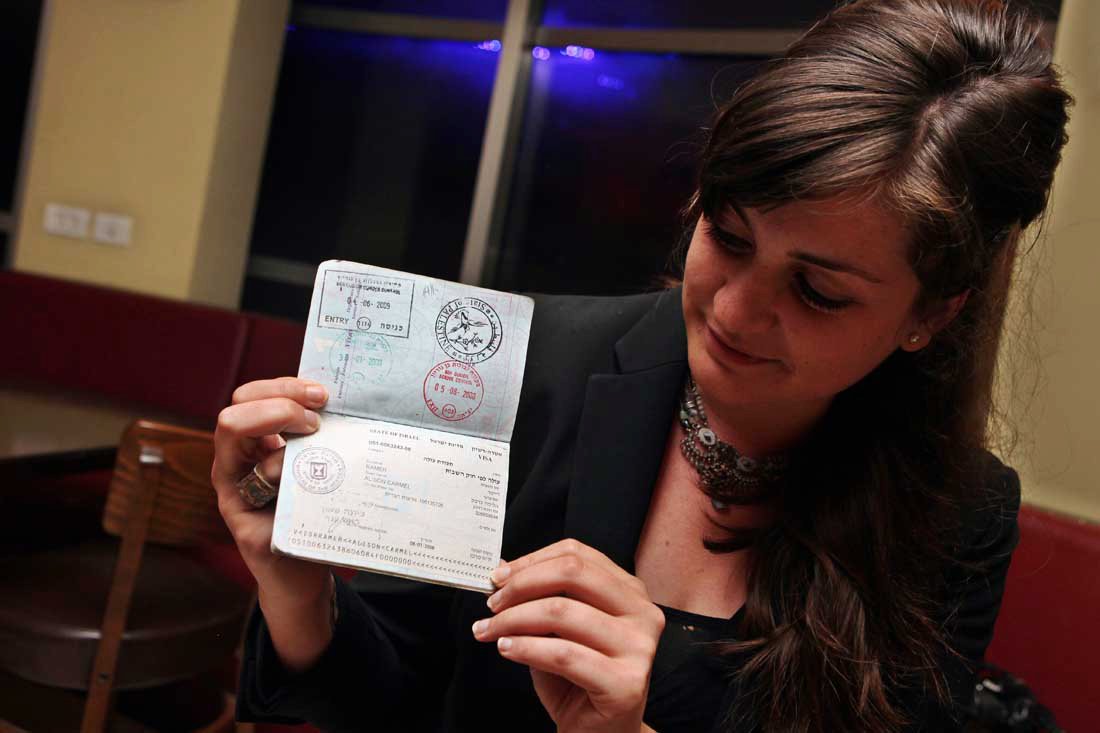
Once the application is approved, the applicant will receive a visa approval letter from the Vietnamese government which they have to present upon arrival at the airport. The visa approval letter serves as proof that the applicant has been granted permission to enter Vietnam and is eligible to receive a visa upon arrival.
Upon arrival in Vietnam, the visa applicant needs to fill out an entry/exit form and present it alongside their passport, visa approval letter, and other required documents to the immigration officer. The officer will then stamp the visa onto the applicant’s passport, allowing them to enter and stay in the country for the indicated duration.
It’s important to note that each type of visa has specific requirements and restrictions, including the maximum duration of stay, the number of times the visa can be used for entry into Vietnam, and the activities that the visa holder can undertake during their stay. Therefore, it’s essential to carefully review the visa requirements and regulations before applying for one.
In summary, a Vietnam Visa is an essential document for foreigners planning to travel to Vietnam for various purposes. It grants the holder permission to enter, exit, and stay in Vietnam for a specific period, subject to visa regulations and requirements.

Who Needs a Vietnam Visa?
Foreign nationals who are not citizens of Vietnam typically require a visa to enter and stay in the country for any purpose. The specific visa requirements vary depending on the traveler’s nationality, the duration and purpose of their stay, and the type of visa they need.
In general, travelers planning to visit Vietnam as tourists or for business purposes must obtain either a tourist visa or a business visa, respectively. Tourist visas are usually valid for stays of up to 30 days and can be obtained through Vietnamese embassies or consulates abroad, or by applying online for an e-visa. Business visas, on the other hand, allow for longer stays and are required for activities such as attending conferences, meetings, or conducting business transactions.
In addition to the standard tourist and business visas, there are several other types of visas available depending on the purpose of the visit. For example, those traveling to Vietnam for study, research, or employment may require a student, research, or work visa, respectively. Similarly, those visiting Vietnam for diplomatic or official purposes may need to apply for a diplomatic or official visa.
It is important to note that some countries have visa exemption agreements with Vietnam that allow their citizens to enter and stay in the country for a limited period without a visa. For example, citizens of certain ASEAN countries, Russia, South Korea, Japan, and several European nations can enter Vietnam without a visa for up to 15-90 days, depending on their nationality. However, even citizens of these countries may still need a visa if their intended stay exceeds the allowed visa-free period.
Overall, anyone planning to travel to Vietnam should check the latest visa requirements and regulations to ensure they have the proper documentation before departing for their trip. Failure to have the appropriate visa can result in denied entry at the border and possible deportation.
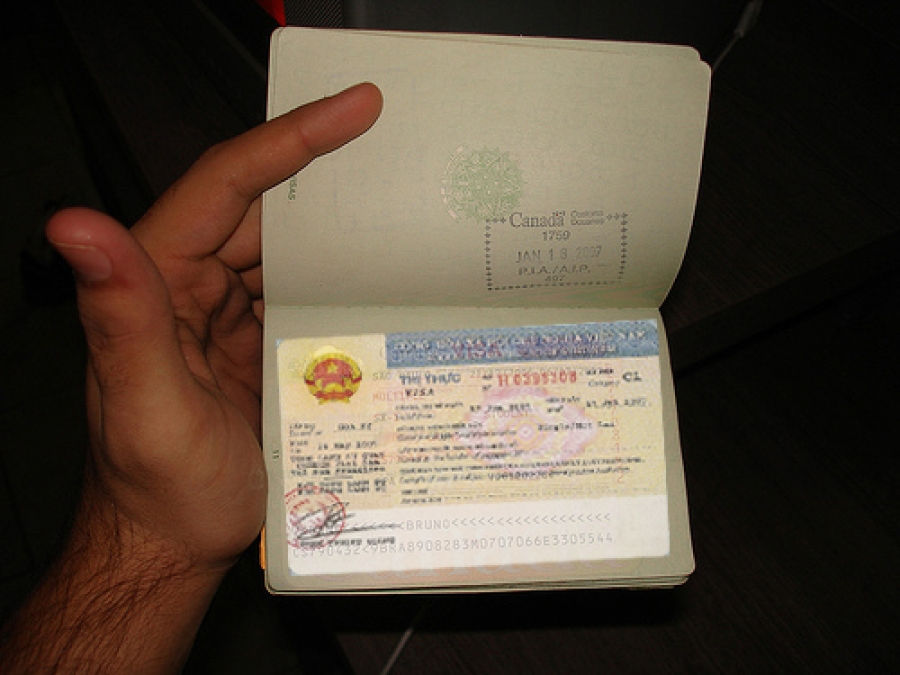
Types of Vietnam Visas
There are several types of visas available for Vietnam, depending on the purpose of your visit. Here are the most common ones:
- Tourist Visa (DL): For tourism and leisure activities, valid for up to 30 days.
- Business Visa (DN): For business-related activities, valid for up to 12 months.
- Work Visa (LD): For employment purposes, valid for up to two years.
- Student Visa (DH): For studying at a Vietnamese institution, valid for up to one year.
How to Apply for a Vietnam Visa
There are two ways to apply for a Vietnam visa: through the Vietnam embassy or consulate in your country or online through a reputable visa service provider.
Applying Through the Vietnam Embassy or Consulate
To apply for a Vietnam visa through the embassy or consulate, you’ll need to follow these steps:
- Check the embassy’s website for the visa application requirements and download the application form.
- Fill out the application form correctly and completely.
- Prepare the required documents, such as your passport, passport-sized photos, and visa fee payment.
- Submit the application and wait for it to be processed.
The processing time may vary depending on the embassy or consulate where you apply. It’s recommended to apply at least two weeks before your intended date of travel.
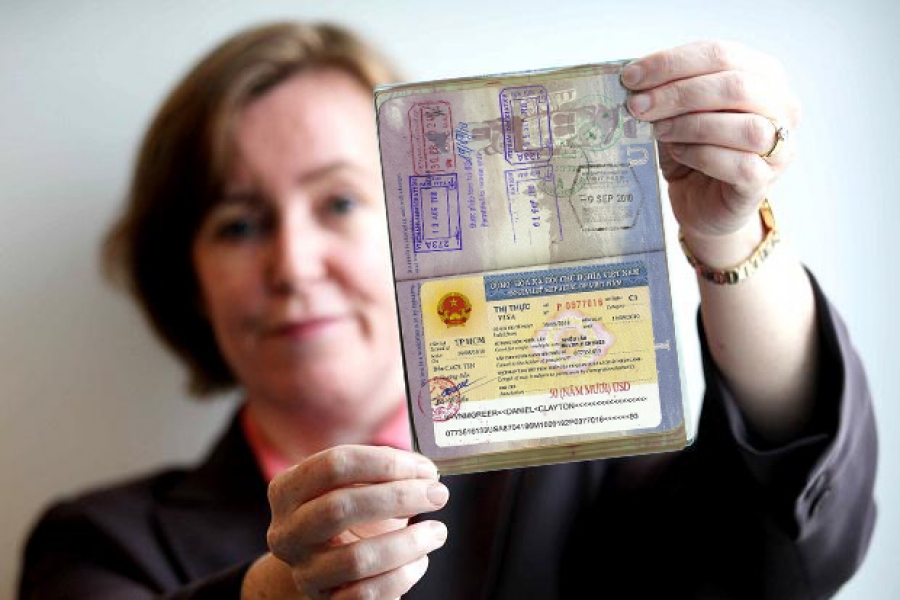
Applying Online Through a Visa Service Provider
Applying for a Vietnam visa online is an easier and more convenient option. Here are the steps:
- Find a reputable visa service provider that offers online visa applications for Vietnam.
- Fill out the online application form with your personal details and travel information.
- Upload the required documents, such as a scanned copy of your passport and passport-sized photo.
- Pay the visa fee using a credit card or other payment methods accepted by the visa service provider.
- Wait for the visa approval letter to be sent to your email within 2-3 business days.
- Upon arrival in Vietnam, present the visa approval letter and pay the stamping fee to obtain the visa.
Pros and Cons of Applying for a Vietnam Visa Online
While applying for a Vietnam visa online is more convenient, there are also some pros and cons to consider:
Pros
- Easier and faster application process
- No need to visit the embassy or consulate in person
- More payment options available
- Able to track the status of your application online
Cons
- Higher visa fees than applying through the embassy or consulate
- Possibility of scams or fraudulent websites
- Limited availability of certain types of visas
![Applying for a Vietnam Visa A Comprehensive Guide Applying for a Vietnam Visa A Comprehensive Guide]()
Alternatives to Obtaining a Vietnam Visa
If you don’t want to go through the hassle of obtaining a visa for Vietnam, there are some alternatives to consider:
- Visa on Arrival: This option allows you to obtain a visa upon arrival at the airport in Vietnam. However, it’s only available for certain types of visas and requires a visa approval letter issued by a reputable visa service provider.
- Visa Exemption: As mentioned earlier, citizens from certain countries can enter Vietnam without a visa for a specific duration.
- Electronic Travel Authorization (eTA): This is a new system that allows citizens of 80 countries to apply for an eTA for Vietnam online. It’s valid for up to 30 days and only for tourism or business purposes.
![Applying for a Vietnam Visa A Comprehensive Guide Applying for a Vietnam Visa A Comprehensive Guide]()
Step-by-Step Guide to Obtaining a Vietnam Visa Online
If you decide to apply for a Vietnam visa online, here’s a step-by-step guide to help you through the process:
- Choose a reputable visa service provider, such as VietnamVisaOnline.net or Vietnam-Immigration.org.vn.
- Fill out the online visa application form with your personal details, travel information, and type of visa desired.
- Upload the required documents, such as a scanned copy of your passport and passport-sized photo.
- Pay the visa fee using a credit card or other payment methods accepted by the visa service provider.
- Wait for the visa approval letter to be sent to your email within 2-3 business days.
- Print out the visa approval letter and prepare other required documents, such as your passport, photos, and stamping fee (paid in cash at the airport upon arrival).
- Upon arrival in Vietnam, present the visa approval letter and other documents to the immigration officer, pay the stamping fee, and receive the visa stamp on your passport.
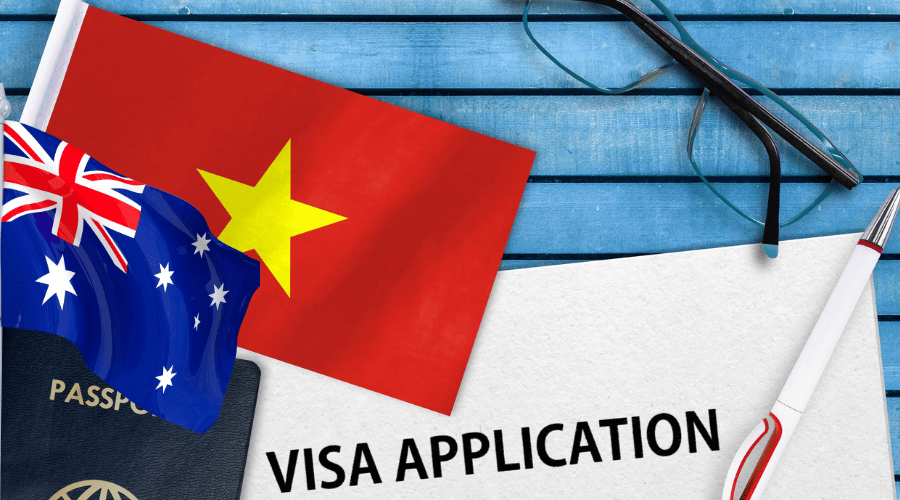
Tips for Obtaining a Vietnam Visa
Here are some useful tips to keep in mind when applying for a Vietnam visa:
- Check the visa requirements and application procedures in advance to avoid any last-minute issues.
- Make sure your passport is valid for at least six months beyond your intended date of entry to Vietnam.
- Apply for the correct type of visa depending on the purpose of your visit.
- Use a reputable visa service provider if applying online and check for reviews or recommendations before making a payment.
- Keep copies of all your visa documents, including the visa approval letter, in case of any issues upon arrival.
- Be prepared to pay the visa stamping fee in cash upon arrival at the airport.
Comparing Different Ways to Obtain a Vietnam Visa
Here’s a comparison table of the different ways to obtain a Vietnam visa:
| Method | Pros | Cons |
|---|---|---|
| Embassy/Consulate | Lower visa fees | Longer processing time, need to visit embassy/consulate in person |
| Visa Service Provider | Faster and more convenient application process, more payment options | Higher visa fees, possibility of scams or fraudulent websites |
| Visa on Arrival | No need to apply in advance, no embassy/consulate visit required | Only available for certain types of visas, requires a visa approval letter |
| Visa Exemption | No need for a visa | Only available for citizens of certain countries, limited duration of stay |
| eTA | Online application, faster processing, lower visa fees | Only available for citizens of certain countries, limited to tourism or business purposes |
The Best Way to Obtain a Vietnam Visa
If you’re planning to visit Vietnam, obtaining a visa is an essential step that must be taken before your trip. Fortunately, there are several ways to obtain a Vietnam visa, so it’s important to choose the best method that suits your travel needs.
- E-Visa: The easiest and most convenient way to obtain a Vietnam visa is through the official government website for e-visas. This method allows foreign citizens to complete an online application form, submit payment, and receive an electronic visa via email within three business days. However, not all nationalities are eligible for e-visas, so it’s important to check the list of eligible countries on the official website before applying.
- Visa on Arrival: Another popular option for obtaining a Vietnam visa is through a visa on arrival (VOA) service. With this method, travelers can apply for a visa approval letter from a travel agency or tour operator before their trip. Once the approval letter is obtained, travelers can present it along with their passport upon arrival at one of Vietnam’s international airports, where they will receive their actual visa. It’s important to note that VOA services can be more expensive than e-visas and may require additional processing time.
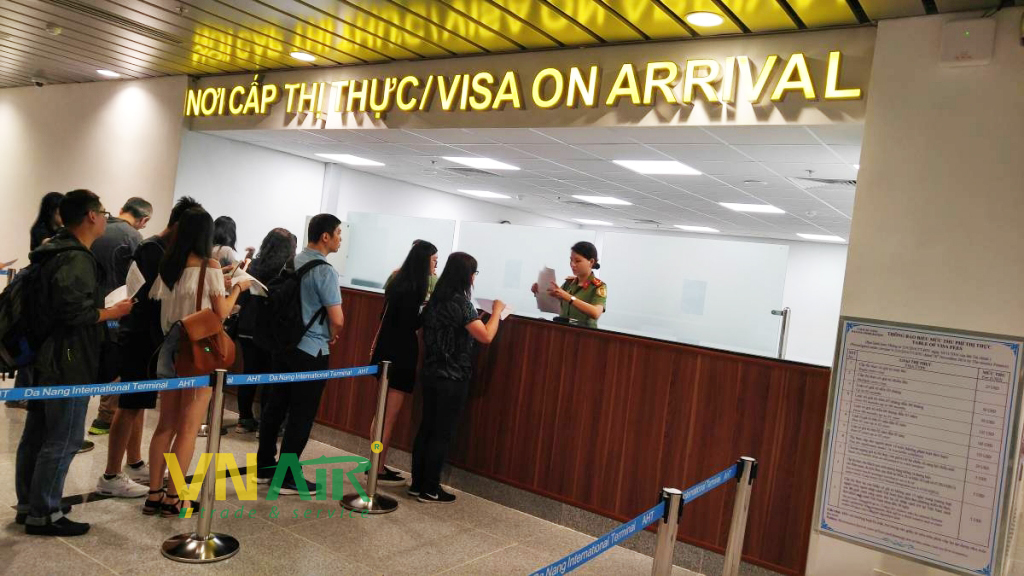
- Embassy or Consulate Application: If neither of the above options works for you, another way to obtain a Vietnam visa is by applying directly through a Vietnamese embassy or consulate in your home country. This method requires filling out an application form, providing necessary documentation, paying the required fees, and submitting everything to the embassy or consulate for processing. Processing times for embassy and consulate visas can vary depending on the location and season, but it’s generally recommended to start the application process well ahead of your planned travel dates.
- Visa Exemption: Finally, if you’re a citizen of one of the 24 countries listed on Vietnam’s visa exemption list, you won’t need to obtain a visa at all. Citizens of these countries can stay in Vietnam for varying lengths of time without a visa, so it’s important to check the current rules and regulations before planning your trip.
In summary, there are several ways to obtain a Vietnam visa depending on your travel needs and circumstances. Whether you choose an e-visa, visa on arrival, embassy or consulate application, or visa exemption, make sure to carefully follow all instructions and requirements to ensure a smooth and hassle-free entry into Vietnam.
Conclusion
Obtaining a Vietnam visa may seem daunting, but with the right information and preparation, it can be a straightforward process. Whether you choose to apply through the embassy or consulate, a visa service provider, or opt for visa exemption or eTA, make sure to follow all requirements and guidelines to avoid any issues upon arrival. With a valid visa in hand, you’ll be ready to explore all the beauty and culture Vietnam has to offer.
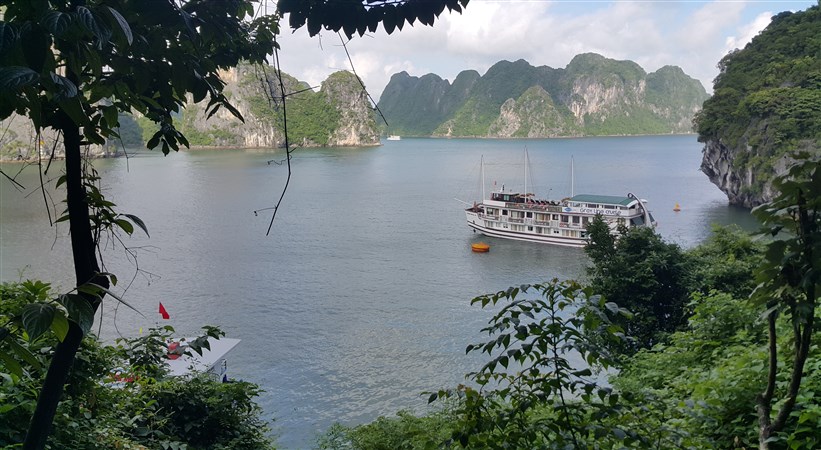
FAQs
- Do I need a visa to visit Vietnam as a tourist?
Most foreign nationals require a visa to enter Vietnam, although citizens from certain countries are exempt. Check with the Vietnam embassy in your country for specific requirements.
- How long does it take to obtain a Vietnam visa?
The processing time may vary depending on the method of application and the embassy/consulate where you apply. It’s recommended to apply at least two weeks before your intended date of travel.
- What types of visas are available for Vietnam?
The most common types of visas for Vietnam are tourist, business, work, and student visas, each with specific requirements and duration of stay.
- Can I obtain a Vietnam visa upon arrival at the airport?
Visa on Arrival is available but only for certain types of visas and requires a visa approval letter issued by a reputable visa service provider.
- Is it safe to apply for a Vietnam visa online?
As with any online application, there is a possibility of scams or fraudulent websites. It’s important to use a reputable visa service provider and check for reviews or recommendations before making a payment.

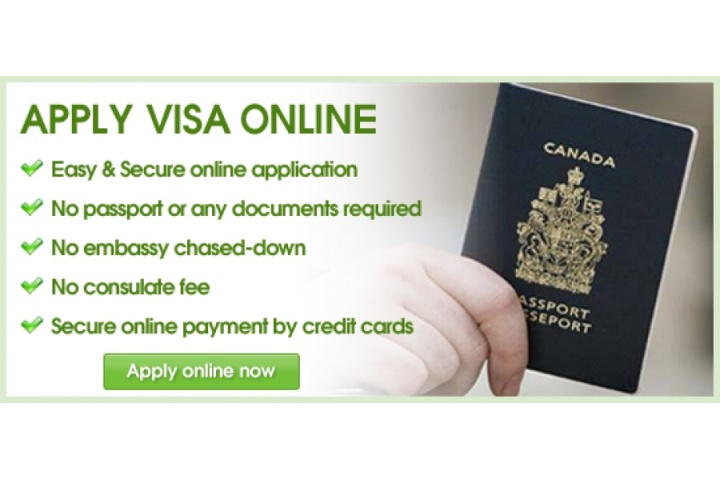
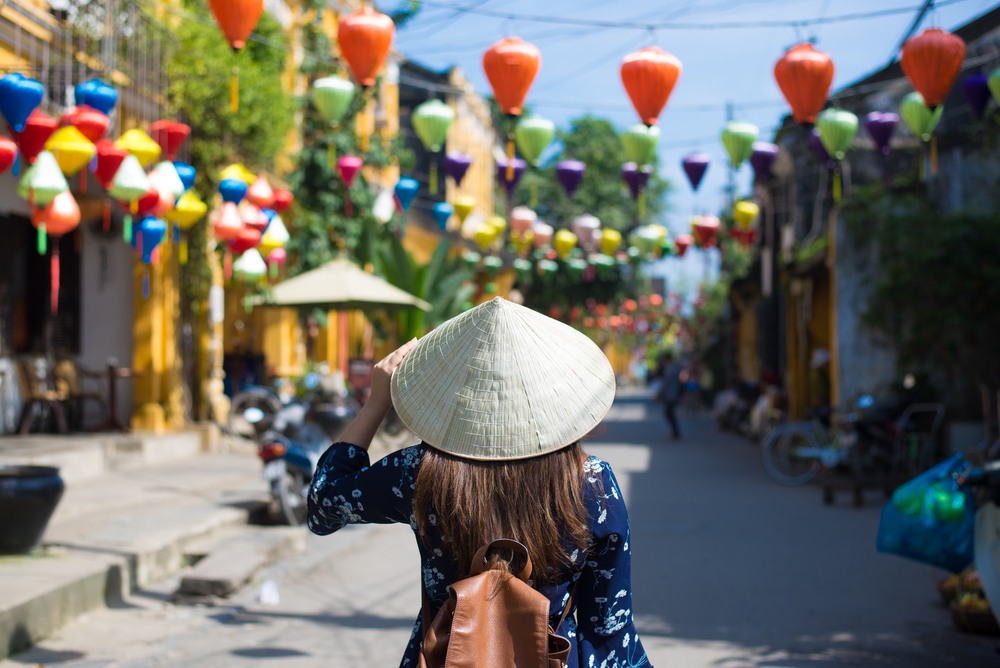
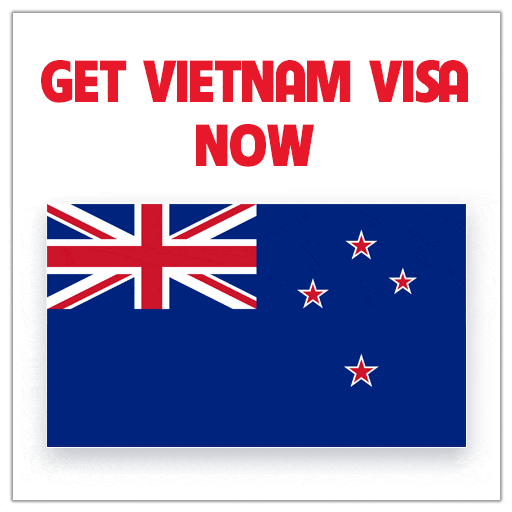

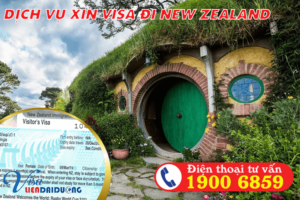
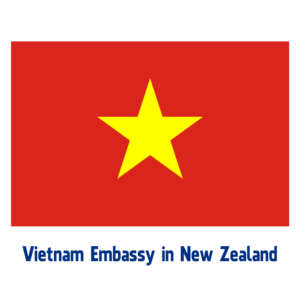

as a New Zealand citizen is there any way to obtain a three month single entry tourist visa ? if so what are the procedures I must use?
Thankyou for your reply